We got our hands on one of MSI’s new RTX 2080 and today we are going to check out and review the MSI GeForce RTX 2080 DUKE 8G OC graphics card. The RTX 2080 Duke series is one of the higher-end variant in MSI’s product stack. The Gaming (X) Trio is basically MSI’s flagship model with custom PCB design, while the Ventus and the Aero are the entry or cheaper versions of their RTX 2080 (Ti) series. The MSI RTX 2080 Duke features a reference design PCB, similar to the RTX 2080 Founders Edition. But it features MSI’s Tri-Frozr cooler with Torx Fan 2.0. It’s quite long but it only occupies 2 PCI slots; it’s not that thick compared to other custom-cooled RTX 2080 as well. It’s quite interesting to see how a 3-fan design would fare against NVIDIA’s new 2-fan cooler design. If you’re in the market looking for a custom-cooled RTX 2080 for your next upgrade or a new gaming PC build; please continue reading our MSI GeForce RTX 2080 Duke 8G OC review below and learn more about this graphics card.
MSI GeForce RTX 2080 Duke 8G OC Review – Features and Specifications
If you haven’t read our NVIDIA GeForce RTX 2080 Founders Edition review yet, I suggest you check it out as well. NVIDIA’s RTX 20 series Founders Edition is quite different from the previous generations of Founders Editions.
First, let’s talk about the general features and the new technology brought by the new NVIDIA Turing architecture and these RTX 20 series graphics cards. Just like any RTX 2080 in the market, the MSI GeForce RTX 2080 Duke 8G OC is powered by NVIDIA’s latest Turing architecture; bringing real-time ray tracing and AI technology to PC gaming. Turing’s GPU is primarily composed of new Streaming Multiprocessor, RT Cores and Tensor Cores. So, it’s no longer CUDA cores alone, unlike in the previous generation of GeForce GTX graphics cards.
Real-Time Ray Tracing and Deep Learning Super-Sampling (DLSS) are the two main features of the new RTX 20 series graphics cards. With real-time ray tracing technology, lighting or in-game world illumination, reflections, refraction and shadows are accurate and will look realistic; similar to how they would act naturally in real world. However, ray tracing is computationally-intensive and rendering just a single frame would literally take hours or even days or weeks for a scene to be rendered. This is where the new RTX GPUs come in; they are basically a specialized hardware designed to run games (with ray tracing features) at a playable frame rate. However, games that will feature real-time ray tracing are not yet released at this time. Some games that will support RTX and/or DLSS are already released, but the patch to enable those features are not yet released or implemented. For now, if you want to see how real-time ray tracing works in games, head over to our article here: NVIDIA GeForce RTX 2080 Ti Graphics Card Released.
Deep Learning Super Sampling or DLSS, on the other hand, uses the Tensor Cores to improve the performance of the game, not just in terms of visual fidelity, but in actual frame rate. DLSS works by leveraging deep neural network to extract multidimensional features of the rendered scene and intelligently combine details from multiple frames to construct a high-quality final image. This allows Turing GPUs to use half the samples for rendering and use AI to fill in information to create the final image. The result is basically a clear and crisp image with similar quality compared to the commonly used TAA or Temporal Anti-Aliasing, but with higher performance. Unlike real-time ray tracing, DLSS is easier to integrate for game developers. So expect more games to feature DLSS than real-time ray tracing or expect that DLSS will be implemented sooner than real-time ray tracing. Unfortunately for previous gen. graphics cards, DLSS is an exclusive feature of the new RTX 20 series graphics cards and it’s also one key advantage over the previous generations.
Now going back to the MSI GeForce RTX 2080 Duke 8G OC, this graphics card features Tri-Frozr thermal design, combined with Torx Fans 2.0 featuring double ball bearings. The fans are not only silent, by they do stop when the graphics card is not under load or when the heat can be passively cooled by the large heat sink. The heat sink on the Duke series is not as thick compared to the one on the Gaming (X) Trio variant; that’s why it will only occupy 2 PCI slots and not 2.5 or 3 slots.
The MSI RTX 2080 Duke has two variants, the OC variant and the non-OC variant. What we have here is the OC variant; and as far as the spec sheet says, their only different is that the OC variant has a higher boost clock speed of 1845MHz, while the non-OC has 1800MHz; making it 45 MHz higher. That’s a very small bump in the boost clock speed. Not to mention, you can manually overclock these graphics cards anyway. The non-OC Duke has similar boost clock speed with the RTX 2080 Founders Edition.
You can check out more details of the MSI GeForce RTX 2080 Duke 8G OC in the specifications table below. The specs of the NVIDIA RTX 2080 Founders Edition and RTX 2080 Ti Founders Edition are also in the table for comparison and reference. I’ll discuss more of the RTX 2080 Duke’s features as we take a closer look on the graphics card itself on the next page.
MSI GeForce RTX 2080 Duke Specifications
| Specifications | RTX 2080 Duke 8G OC | RTX 2080 Founders Edition | RTX 2080 Ti Founders Edition |
|---|---|---|---|
| Architecture | Turing - TU104 | Turing - TU104 | Turing - TU102 |
| Process | 12nm FNN | 12nm FNN | 12nm FNN |
| Streaming Multiprocessor | 46 | 46 | 68 |
| CUDA Cores | 2944 | 2944 | 4352 |
| Tensor Cores | 368 | 368 | 544 |
| Tensor FLOPS | 85 | 85 | 114 |
| RT Cores | 46 | 46 | 68 |
| Texture Units | 184 | 184 | 272 |
| ROPs | 64 | 64 | 88 |
| Giga Rays | 8 GR/s | 8 GR/s | 10 GR/s |
| RTX OPS | 60 Trillion | 60 Trillion | 78 Trillion |
| Compute | 10.1 TFLOPS | 10.1 TFLOPS | 14 TFLOPS |
| Base Clock | 1515 MHz | 1515 MHz | 1350 MHz |
| Boost Clock | 1845 MHz | 1800 MHz | 1635 MHz |
| Memory Size | 8GB | 8GB | 11GB |
| Memory Type | GDDR6 | GDDR6 | GDDR6 |
| Memory Clock | 7000 MHz | 7000 MHz | 7000 MHz |
| Memory Interface | 256-bit | 256-bit | 352-bit |
| Memory Bandwidth | 448 GB/s | 448 GB/s | 616 GB/s |
| Power Connectors | 6+8 pin | 8+8 pin | 8+8 pin |
| Graphics Card Power (TDP) | 245W | 225W | 260W |
| Recommended PSU | 650W | 650W | 650W |
| Dimensions | 314mm x 120mm x 46mm | 266.74mm x 115.7mm x 2-slot | 266.74mm x 115.7mm x 2-slot |
| Price | ~$830 (Retail) | $799 (MSRP) | $1199 (MSRP) |

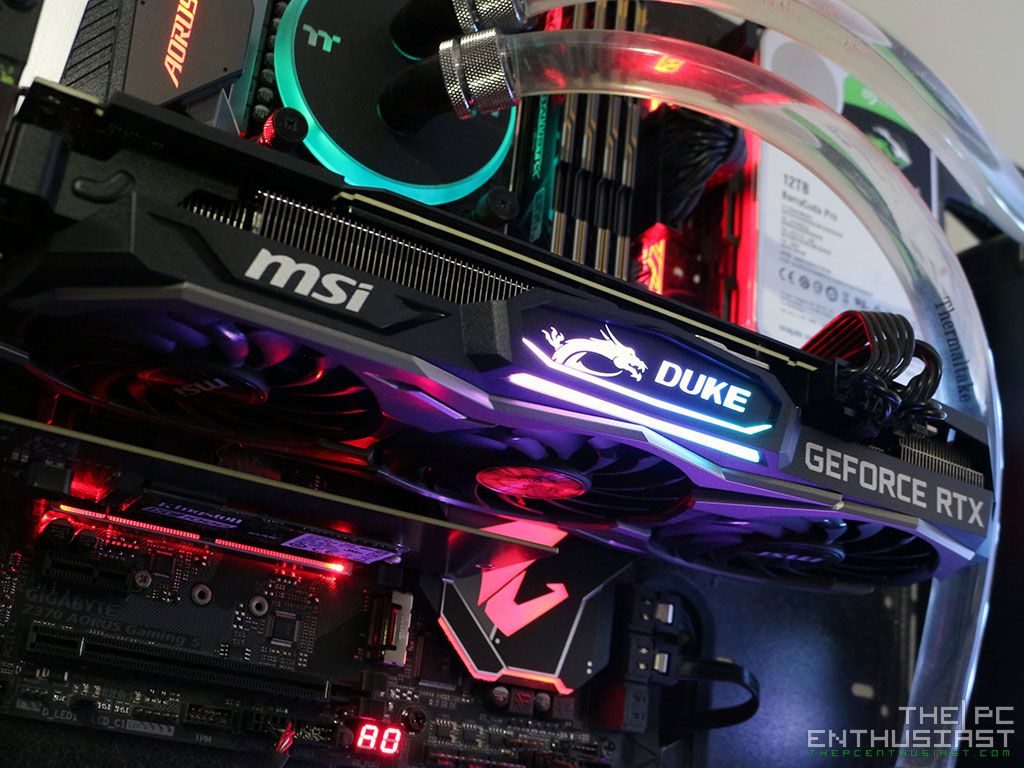

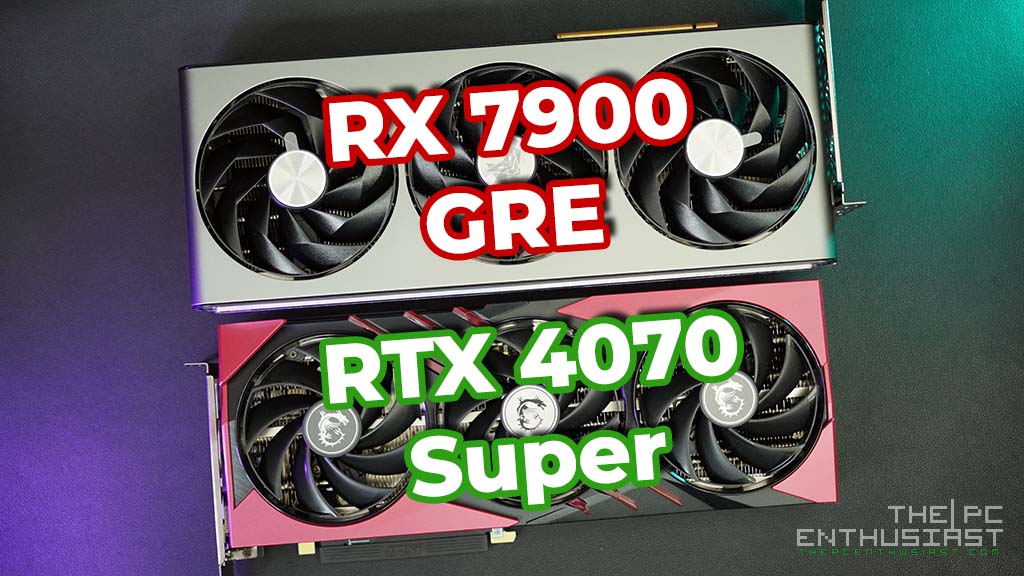
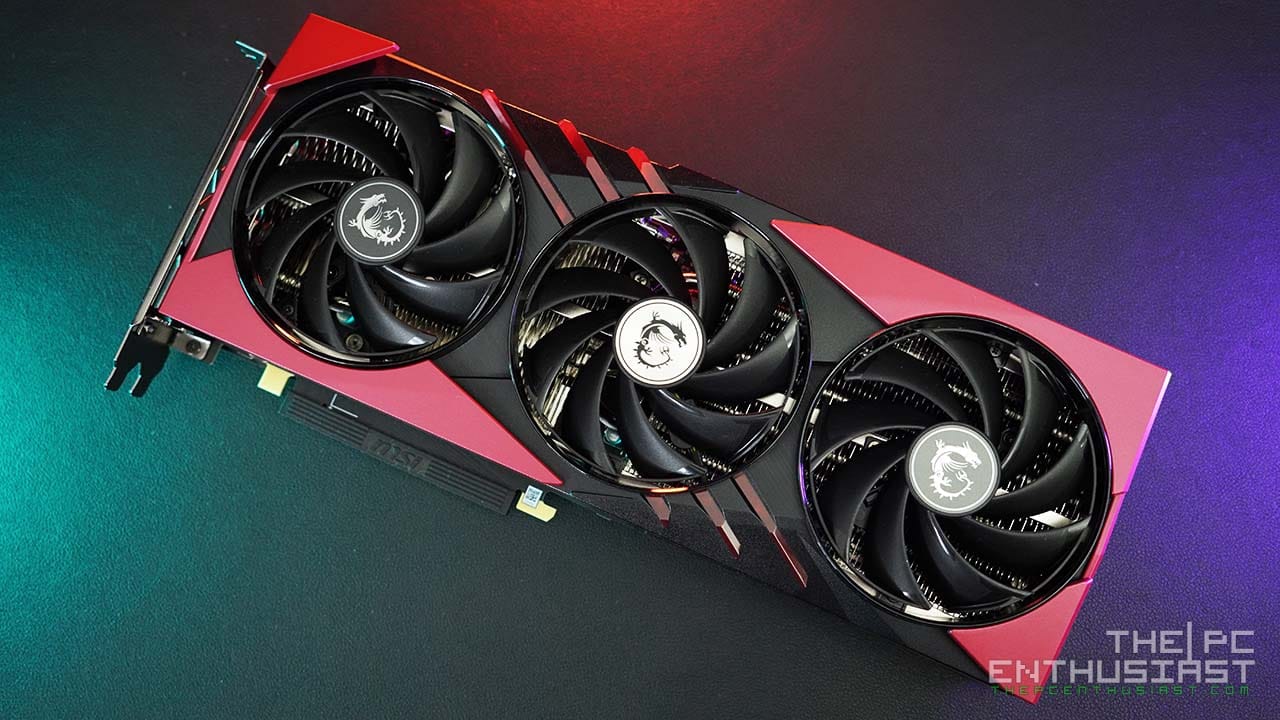
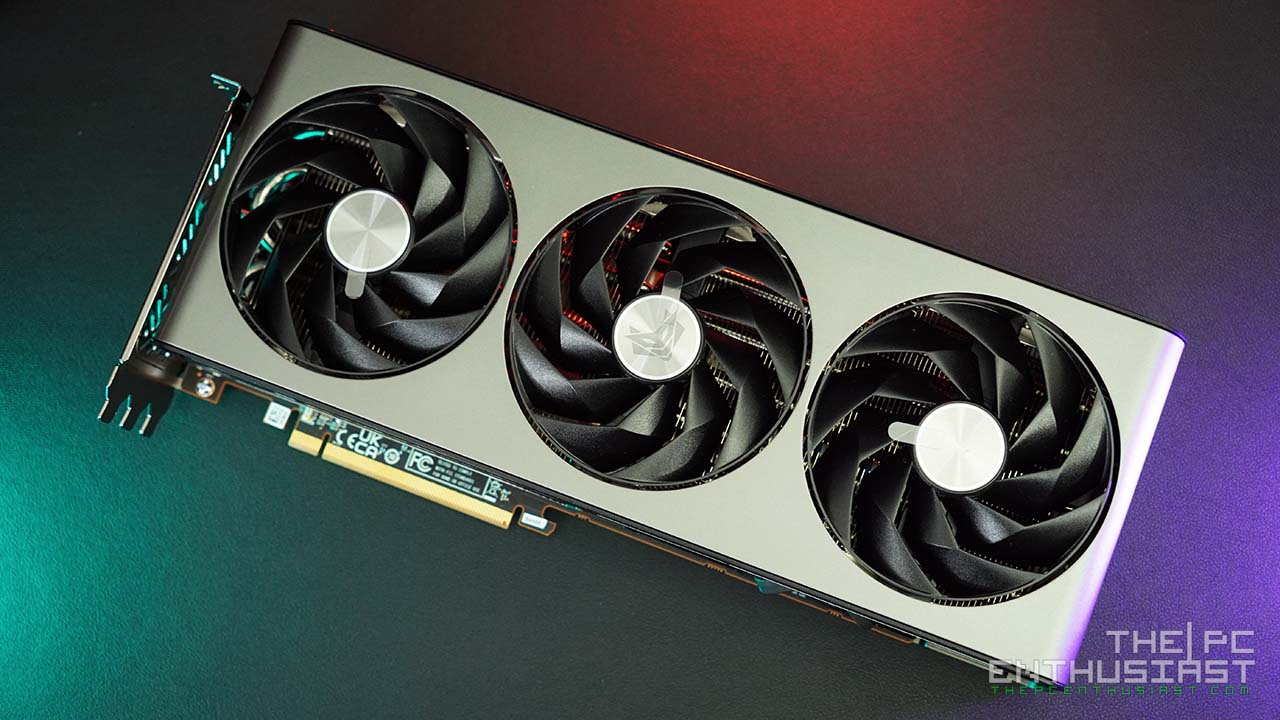

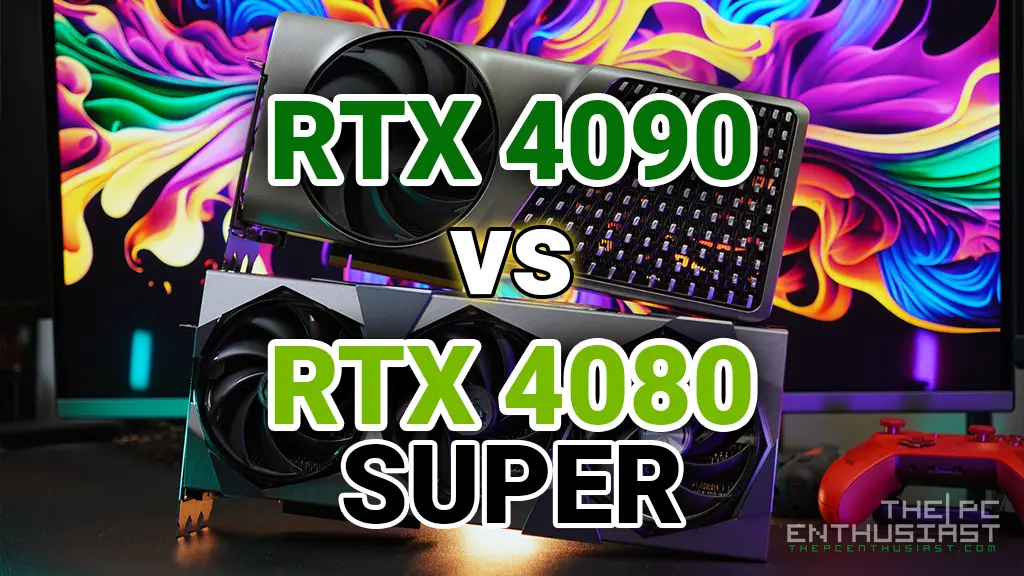
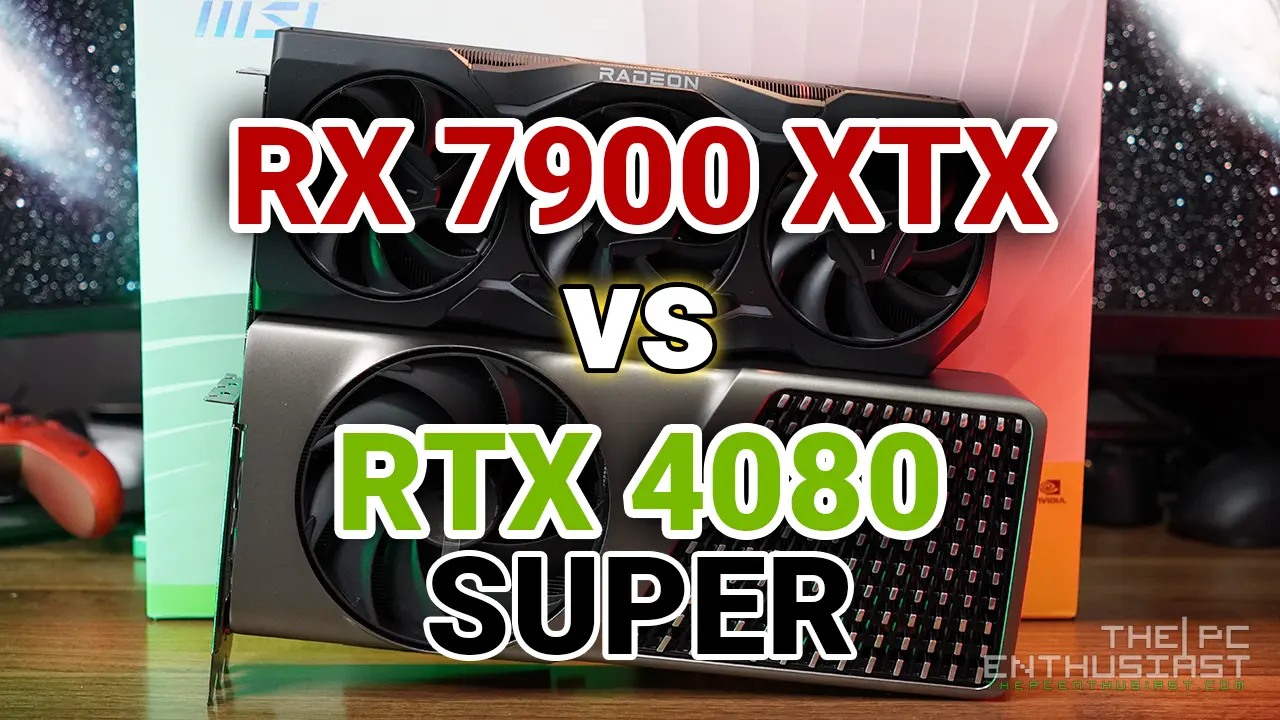

Have you heard any reports of “noise” coming from these cards? And I don’t mean just when they are under load from gaming; I mean noise while idle. There is a somewhat loud, and definitely obnoxious noise from my Duke OC, and I have no idea what would be causing it; I do know that my PC was not noisy to any extent before I got this card. The only time there would be noise would be if I ramp up the case fans’ speed using the adjuster dial on the case. But ever since I installed that Duke, from probably a week or so after I got it, it has been making this noise; I can’t describe it, either.
Are you referring to coil whine noise? Or are the noise coming from the fans themselves? We haven’t encountered this issue with out Duke OC.
I just won the 2080 duke oc, how much do you think i will get for it?
You won a 2080? That’s cool! Not sure what’s the current pricing due to the current (shortage/scalping) situation, but you can check local pricing for reference.